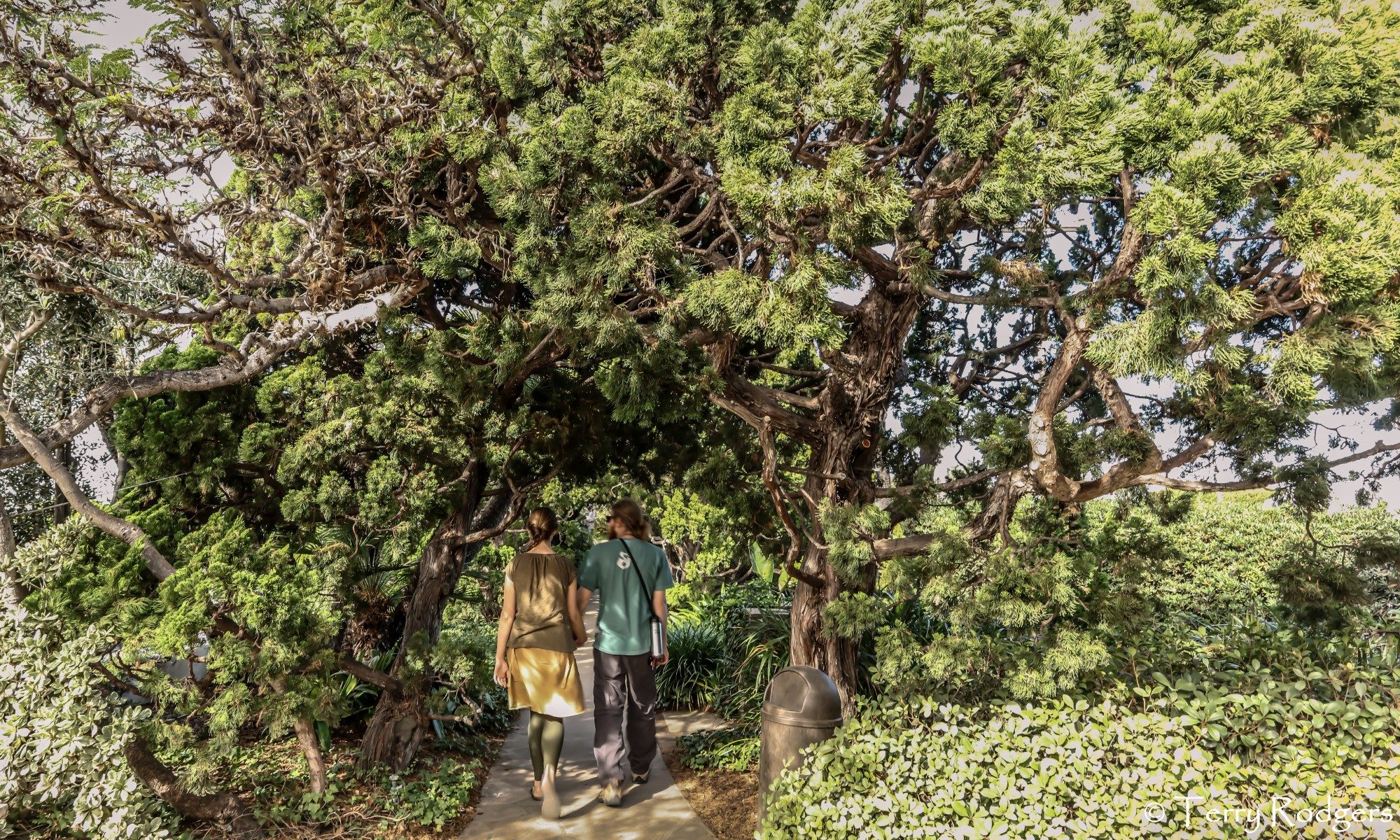Our August 1st meeting will be held at:
Sweetwater Community Room,
Sweetwater Summit Regional Park.
This meeting will be held from 10:30am to 1:30pm
Directions: From the 125 South, exit Elkelton Pl to Paradise Valley Rd. Left on S. Worthington and take it until it becomes Sweetwater Rd. Left on Bonito Rd and left on San Miguel Rd. Left on Camp Ground Rd and drive into the reserve.
http://www.sdparks.org/content/sdparks/en/park-pages/SweetwaterSummit.html
Please register by Friday July 27th, 2018 at link Eventbrite link below:
https://www.eventbrite.com/e/scary-pests-impacting-san-diego-county-trees-tickets-47817510461
This Months topic will be:
Scary Pests impacting San Diego County Trees
Join us as we cover quarantines in San Diego County that are impacting trees both in the field and in nurseries. Pests such as the South American palm weevil (Rhynchophorus palmarum) and others you may want to be aware of will be the topic of discussion. Co-hosted by the Department of Agriculture, Weights & Measures (AWD). Presented by Tracy Ellis, Agricultural Scientist, San Diego County Department of Agriculture, Weights & Measures. This workshop can include an optional walking tour of a palm weevil infested area.
Tracy Ellis from the San Diego County Agricultural Commissioner’s Office has worked 11 years for the County and took Dr. David Kellum’s position as agricultural scientist in entomology. Tracy is originally from Sturbridge, MA. She attended grad school at Ames Iowa at Iowa State University while working for seed company Mycogen Plant Sciences. She has worked for the University of California Cooperative Extension and Dow AgroSciences since 1987 while living on and off in San Diego.
This meeting will have 1 CEU for Arborist/Tree Worker Certification
(with payment)
This meeting will cost $20.00
with lunch included.
Please register by Friday July 27th, 2018 at link Eventbrite link below:
https://www.eventbrite.com/e/scary-pests-impacting-san-diego-county-trees-tickets-47817510461











